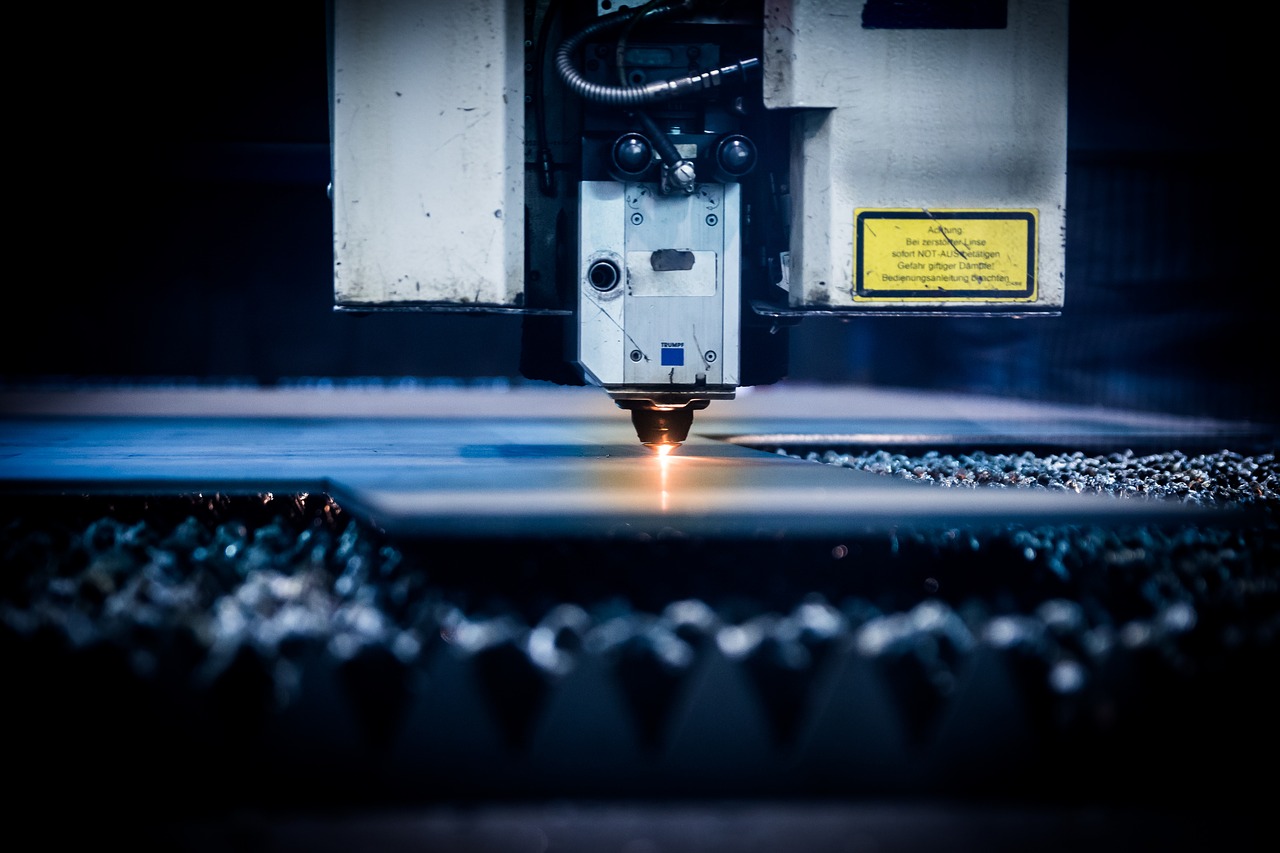First Integrated Laser on Lithium Niobate Chip Paves Way for High-Powered Telecommunication Systems
For every one of the new advances in coordinated lithium niobate photonic circuits - from recurrence brushes to recurrence converters and modulators - one major part has remained frustratingly challenging to incorporate: lasers.
Long stretch telecom organizations, server farm optical interconnects, and microwave photonic frameworks all depend on lasers to create an optical transporter utilized in information transmission. As a rule, lasers are independent gadgets, outside to the modulators, making the entire framework more costly and less steady and versatile.
Presently, specialists from the Harvard John A. Paulson School of Engineering and Applied Sciences (SEAS) in a joint effort with industry accomplices at Freedom Photonics and HyperLight Corporation, have fostered the main completely coordinated high-power laser on a lithium niobate chip, making ready for powerful telecom frameworks, completely incorporated spectrometers, optical remote detecting, and productive recurrence change for quantum organizations, among different applications.
"Coordinating elite execution fitting and-play lasers would fundamentally diminish the expense, intricacy, and power utilization of future correspondence frameworks," said Amirhassan Shams-Ansari, an alumni understudy at SEAS and first creator of the review. "It's a structure block that can be coordinated into bigger optical frameworks for a scope of utilizations, in detecting, lidar, and information media communications."
By consolidating slight film lithium niobate gadgets with high-power lasers utilizing an industry-accommodating interaction, this examination addresses a vital stage towards huge scope, minimal expense, and elite execution transmitter exhibits and optical organizations. Then, the group plans to build the laser's power and versatility for much more applications.
Harvard's Office of Technology Development has safeguarded the licensed innovation emerging from the Loncar Lab's advancements in lithium niobate frameworks. Loncar is a fellow benefactor of HyperLight Corporation, a startup which was sent off to popularize incorporated photonic chips in light of specific advancements created in his lab.
The examination was co-composed by Dylan Renaud, Rebecca Cheng, Linbo Shao, Di Zhu, and Mengjie Yu, from SEAS, Hannah R. Award, Leif Johansson from Freedom Photonics and Lingyan He and Mian Zhang from HyperLight Corporation.
"Incorporated lithium niobate photonics is a promising stage for the improvement of superior execution chip-scale optical frameworks, however getting a laser onto a lithium niobate chip has ended up being one of the greatest plan difficulties," said Marko Loncar, the Tiantsai Lin Professor of Electrical Engineering and Applied Physics at SEAS and senior creator of the review. "In this exploration, we utilized all the nano-manufacture stunts and strategies gained from past advancements in coordinated lithium niobate photonics to conquer those difficulties and accomplish the objective of incorporating a powerful laser on a slender film lithium niobate stage."
The exploration is distributed in the diary Optica. Loncar and his group involved little yet strong appropriated criticism lasers for their incorporated chip. On chip, the lasers sit in little wells or channels scratched into the lithium niobate and convey up to 60 milliwatts of optical power in the waveguides manufactured in a similar stage. The analysts consolidated the laser with a 50 gigahertz electro-optic modulator in lithium niobate to fabricate a powerful transmitter.


